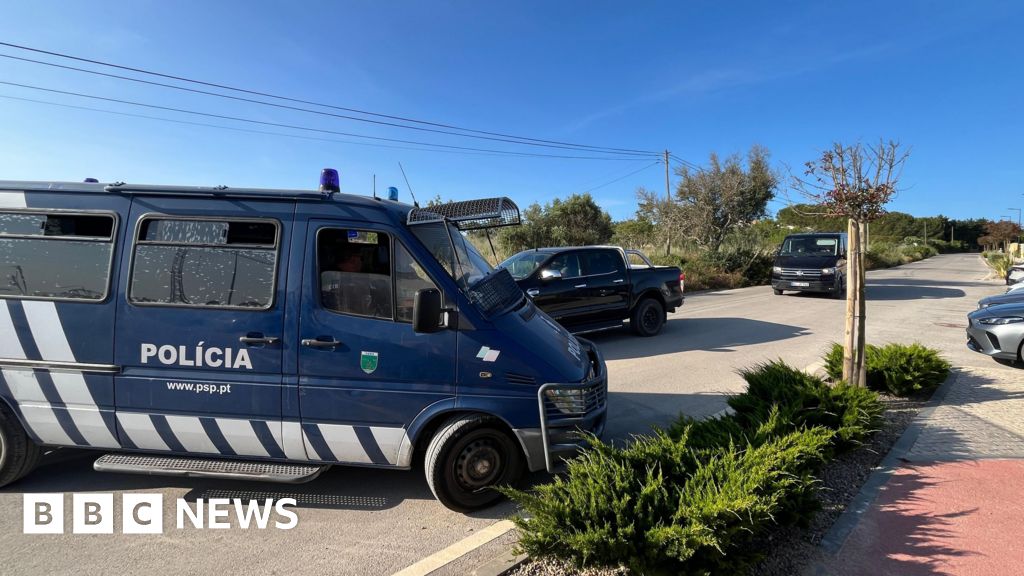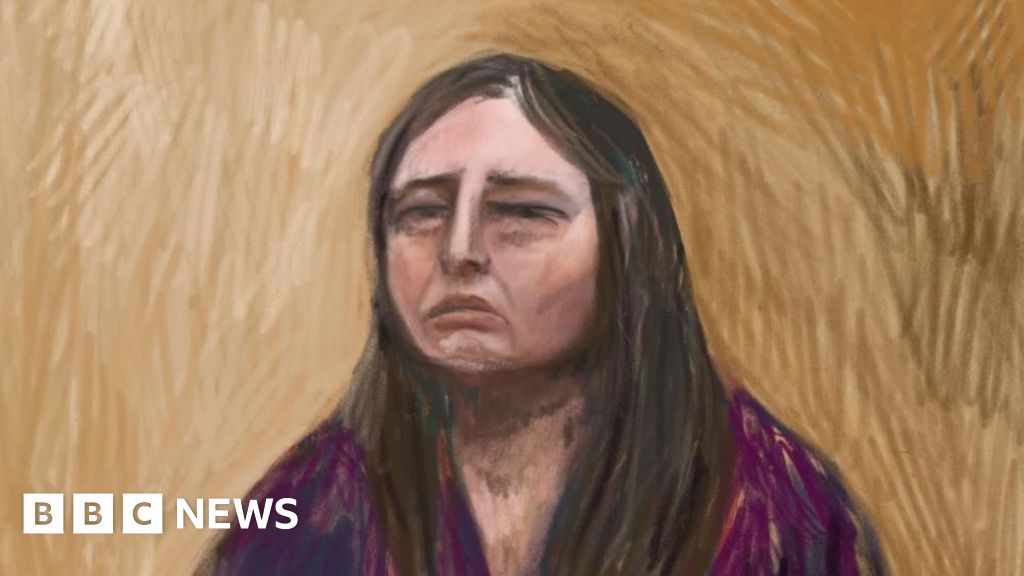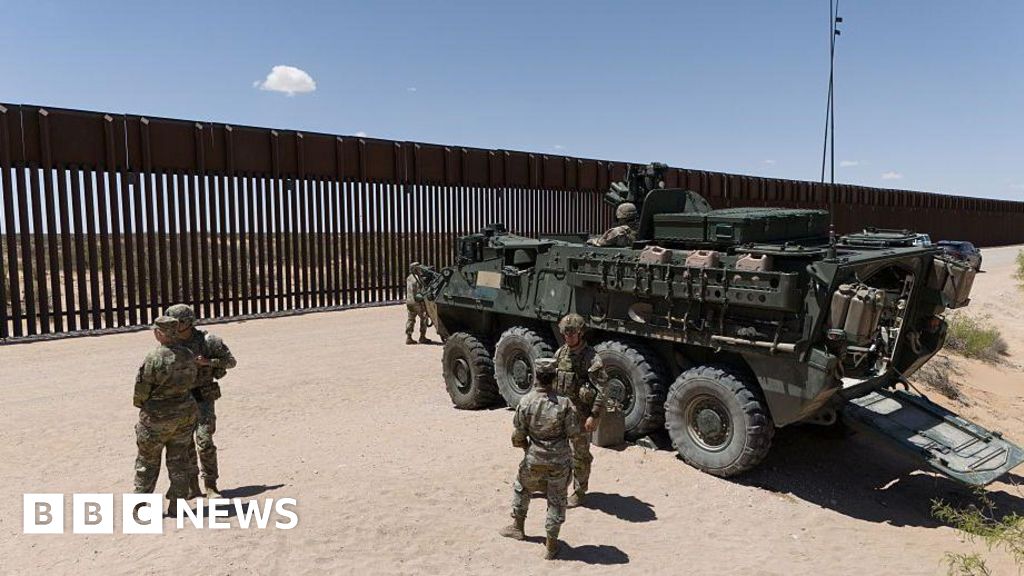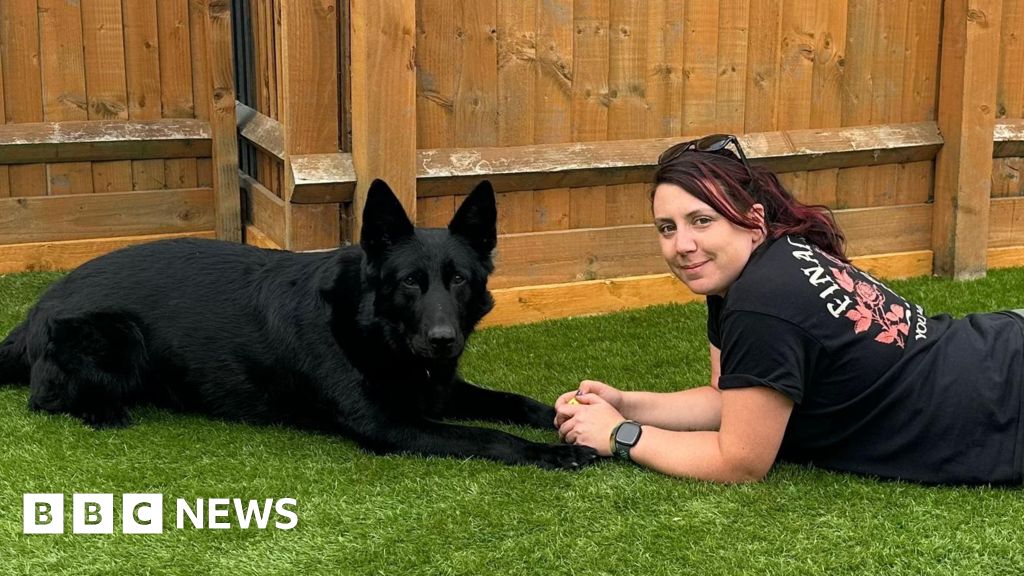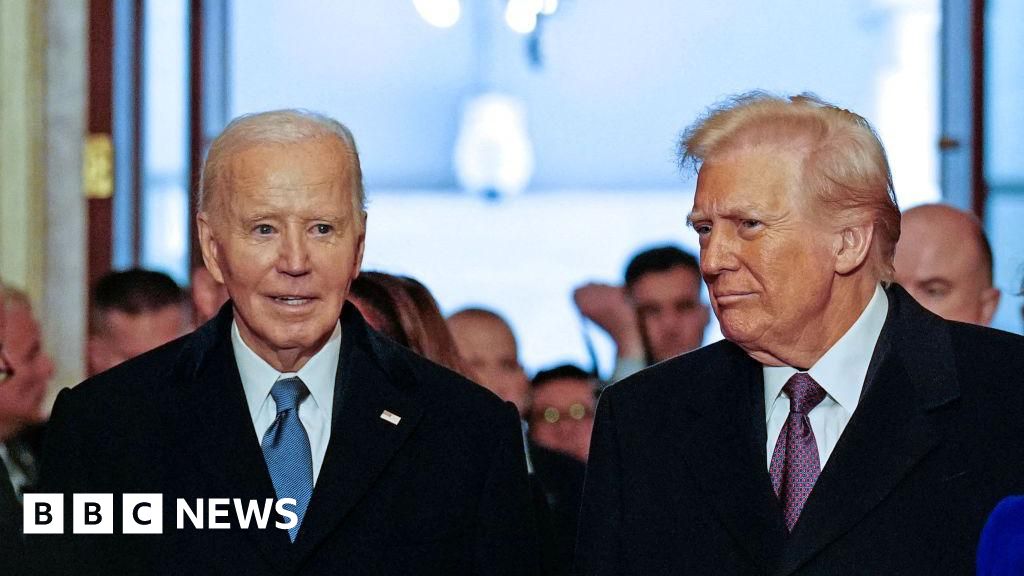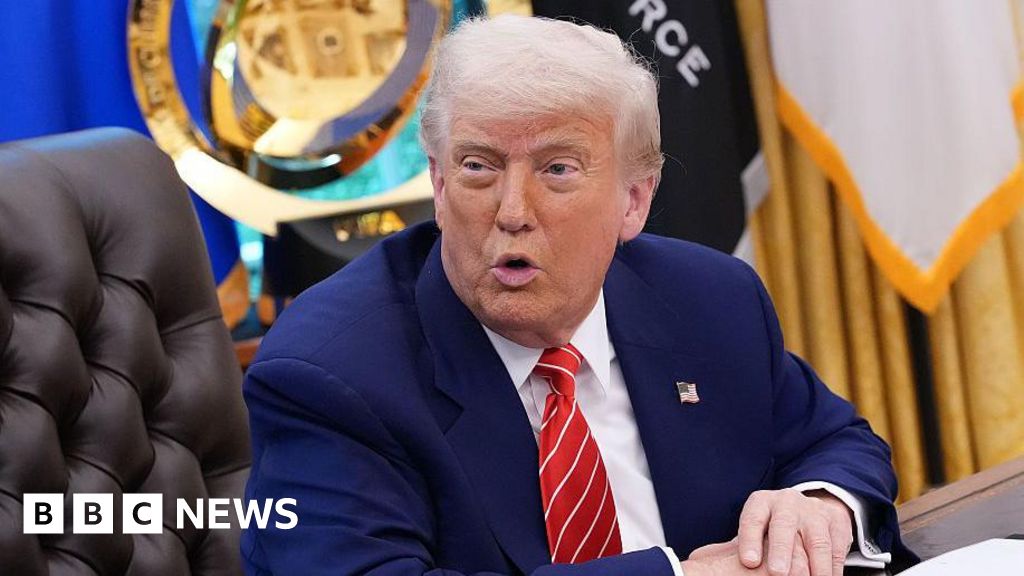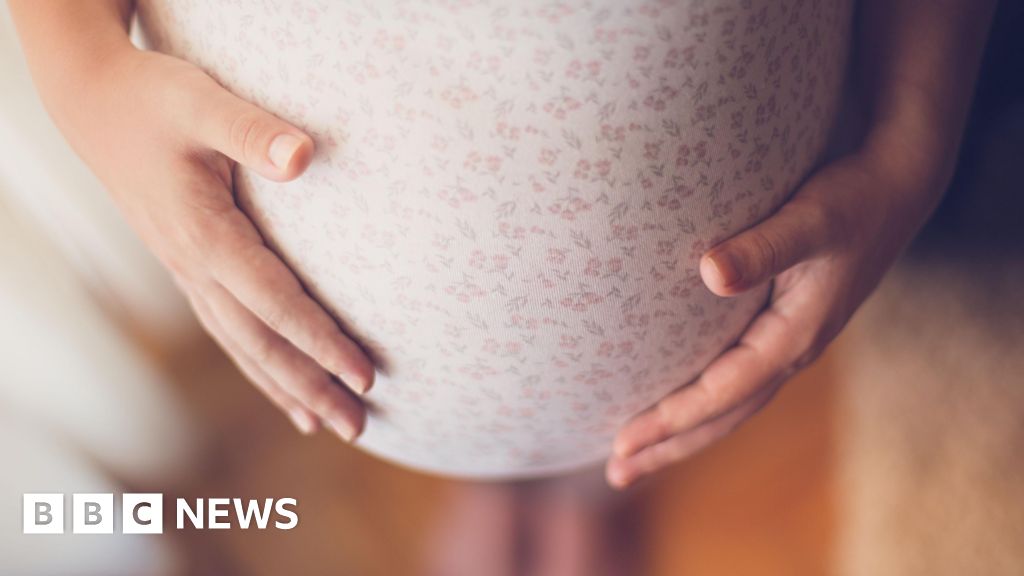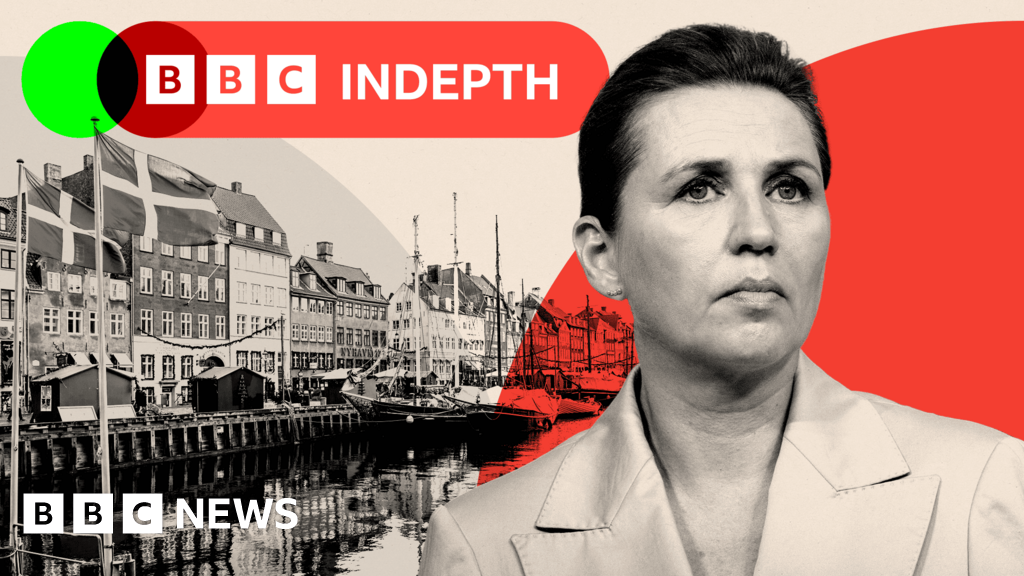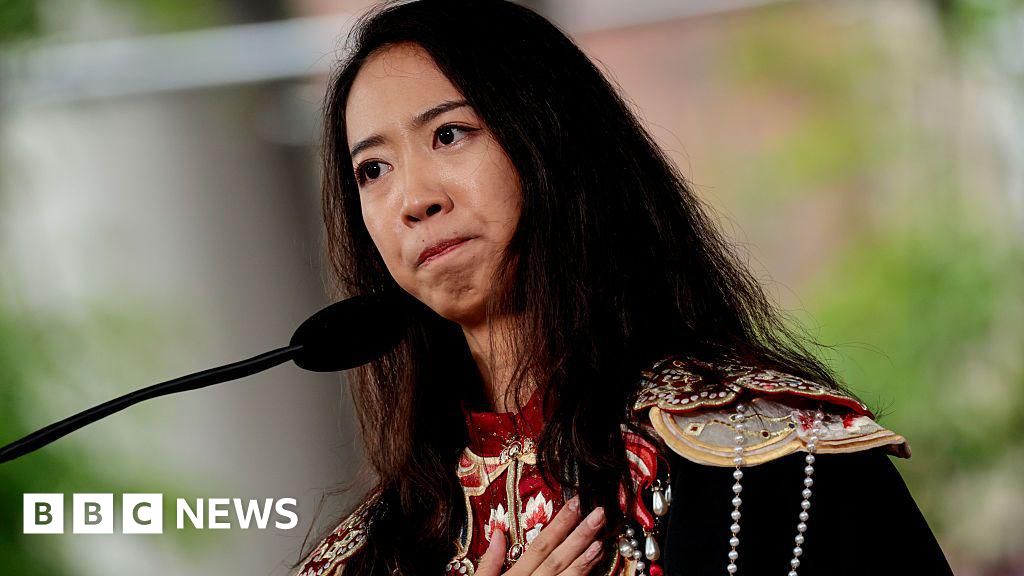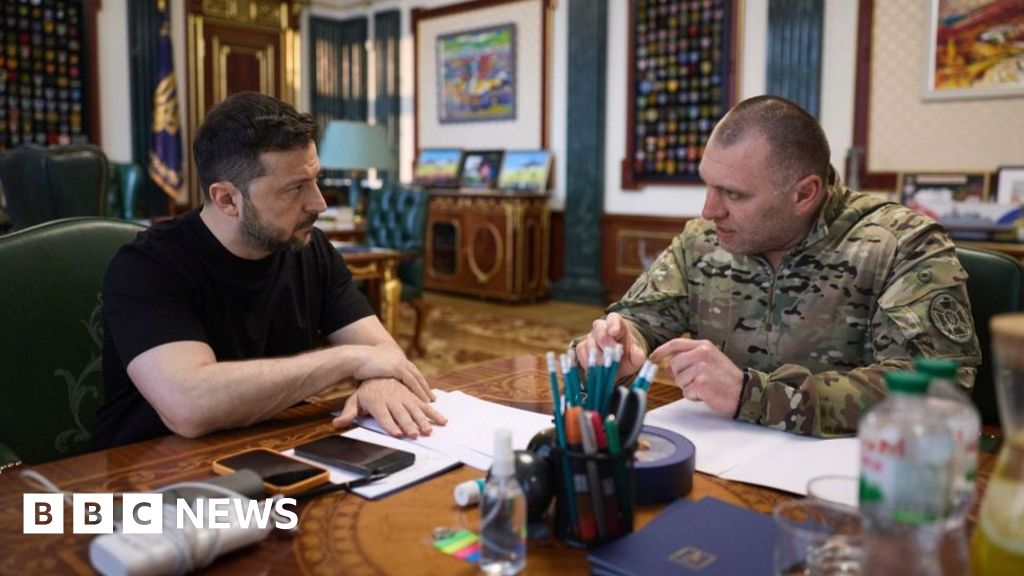Jeremy Bowen
International editor

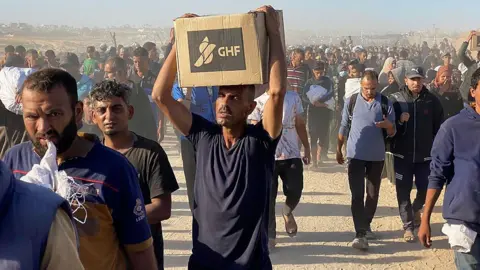 Getty Images
Getty Images
Witnesses and international medical teams report terrible scenes of killing as Israeli troops opened fire in the hours of Tuesday before dawn on Palestinians who were converging on the new aid distribution site in southern Gaza. It was "total carnage" according to a foreign witness.
An official statement from the Israeli military describes a very different picture. It said "several suspects" moved towards Israeli forces "deviating from the designated access routes". Troops "carried out warning fire… additional shots were directed near a few individual suspects who advanced towards the troops".
The killing of civilians who came looking for food aid will redouble criticism of the controversial new system of distributing aid in Gaza.
The new aid hubs in Gaza are a scheme conceived by Israel with the support of the United States to replace the operation run by United Nations agencies and other experienced international aid groups. A new private body, the Gaza Humanitarian Foundation (GHF) employs armed security teams provided by an American company at its hubs, which are so far in areas of southern Gaza under full Israeli military control.
The GHF started after a total Israeli ban on shipments of food and other aid into Gaza left the entire population at the risk of famine, according to the agency that collates data on food emergencies on behalf of countries and the UN.
Israel claims that UN staff stood by while Hamas stole most of the aid coming into Gaza. The UN denies the allegations, insisting it can account for all the aid it distributes. It refuses to cooperate with the GHF.
It is clear that the GHF system has fundamental flaws, bearing out the worst fears of aid professionals.
Jake Wood, the head of the GHF resigned just over a week ago, saying it would not be able to fulfil the principles of "humanity, neutrality, impartiality, and independence".
The UN had a wide network of aid distribution points and supplied ingredients to communal kitchens and bakeries that fed hundreds of thousands.
The GHF system means that the people must travel through a war zone in the ruins of southern Gaza to collect a box of rations. Distribution seems to be chaotic, and so far has repeatedly broken down into a free for all. Stronger young men can grab boxes of aid for their families. The weakest get nothing. There is not enough to go around.
To get closer to the front of the queue Palestinians walk throughout the night. Large gatherings of Palestinians, desperate to get food rations are inherently hard to manage. It seems that this morning Israeli troops opened fire with deadly consequences.
In an interview with the BBC before the latest killings, the UN High Commissioner for Human Rights, Volker Türk, said the GHF plan showed "utter disregard for civilians. Can you imagine people who have been absolutely desperate for food, for medicine for almost three months, and then they have to basically run for it or try to get it in the most desperate circumstances?"
Israel's conduct he said, "shows utter disrespect for the laws of war, for the protection of civilians".
The argument for the GHF system is that it is better than nothing, that it provides a modicum of food aid and can be expanded.
The argument against it is that Israel is using to control and corral Palestinian civilians. Israeli ministers have been open about using food aid as a weapon of war. The defence minister Israel Katz called it a "lever" against Hamas.
The deadly turmoil surrounding the operations of the Gaza Humanitarian Foundation comes at a time when Israel's close allies, including the UK, France and Canada are demanding big changes in its conduct in Gaza, including allowing in the humanitarian aid necessary to care for more than two million people.
They have threatened concrete steps, most likely sanctions and perhaps recognition of a Palestinian state, if Israel does not end its latest offensive.
Western diplomats are looking on with dismay at the killing of the hungry in Gaza, as Israel's international isolation deepens.

 1 day ago
10
1 day ago
10

